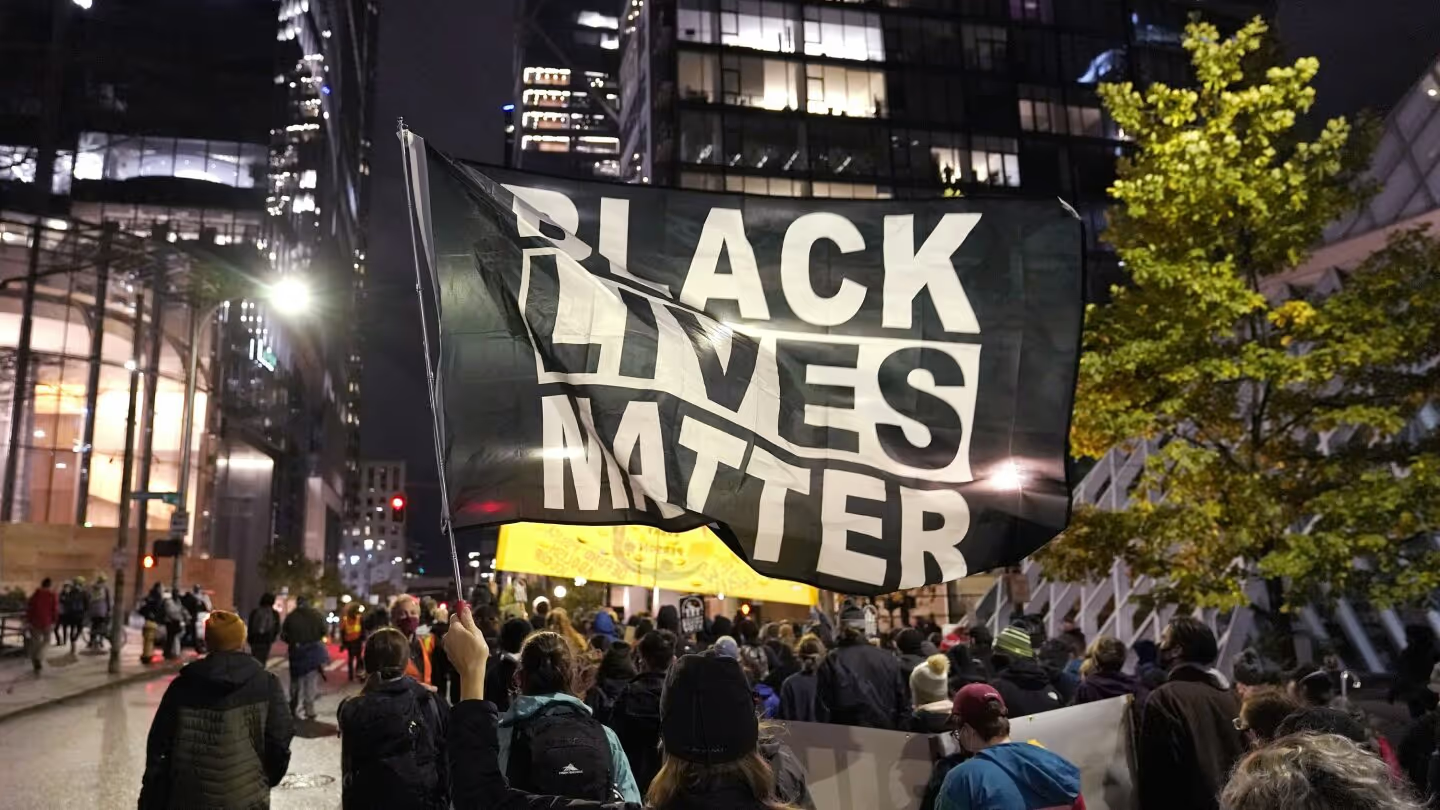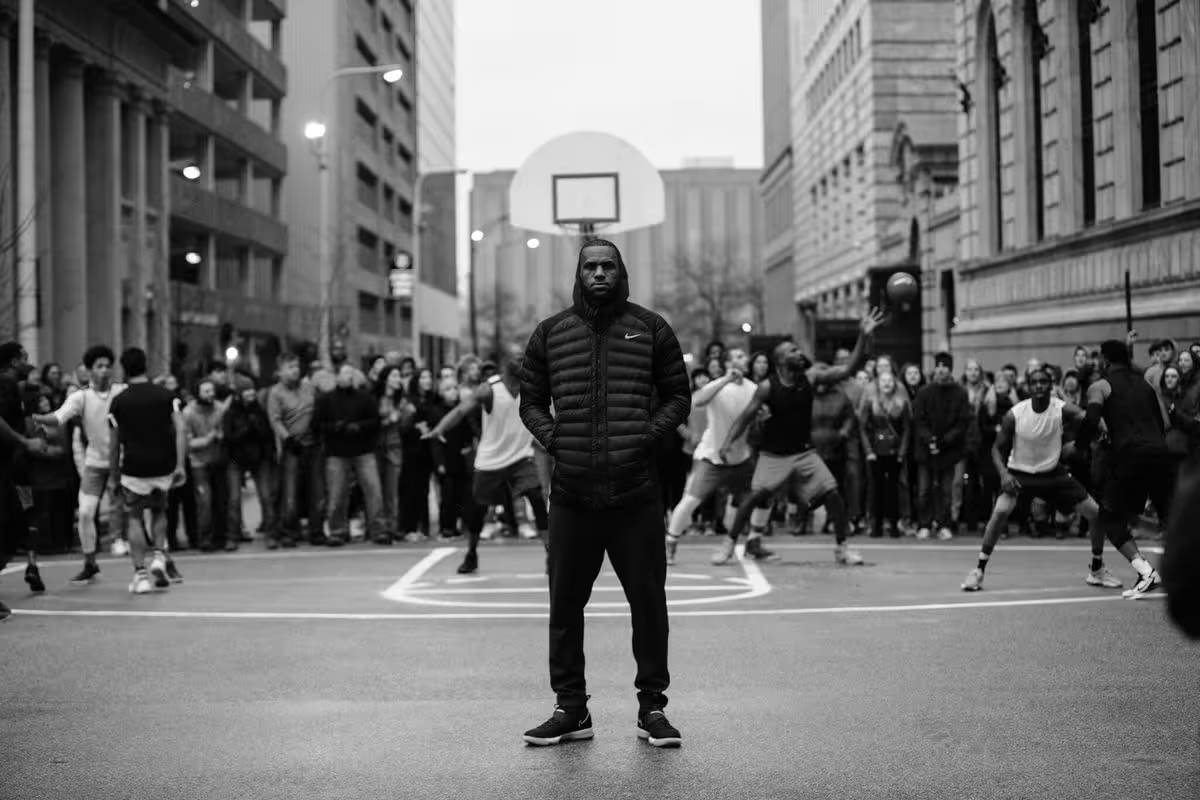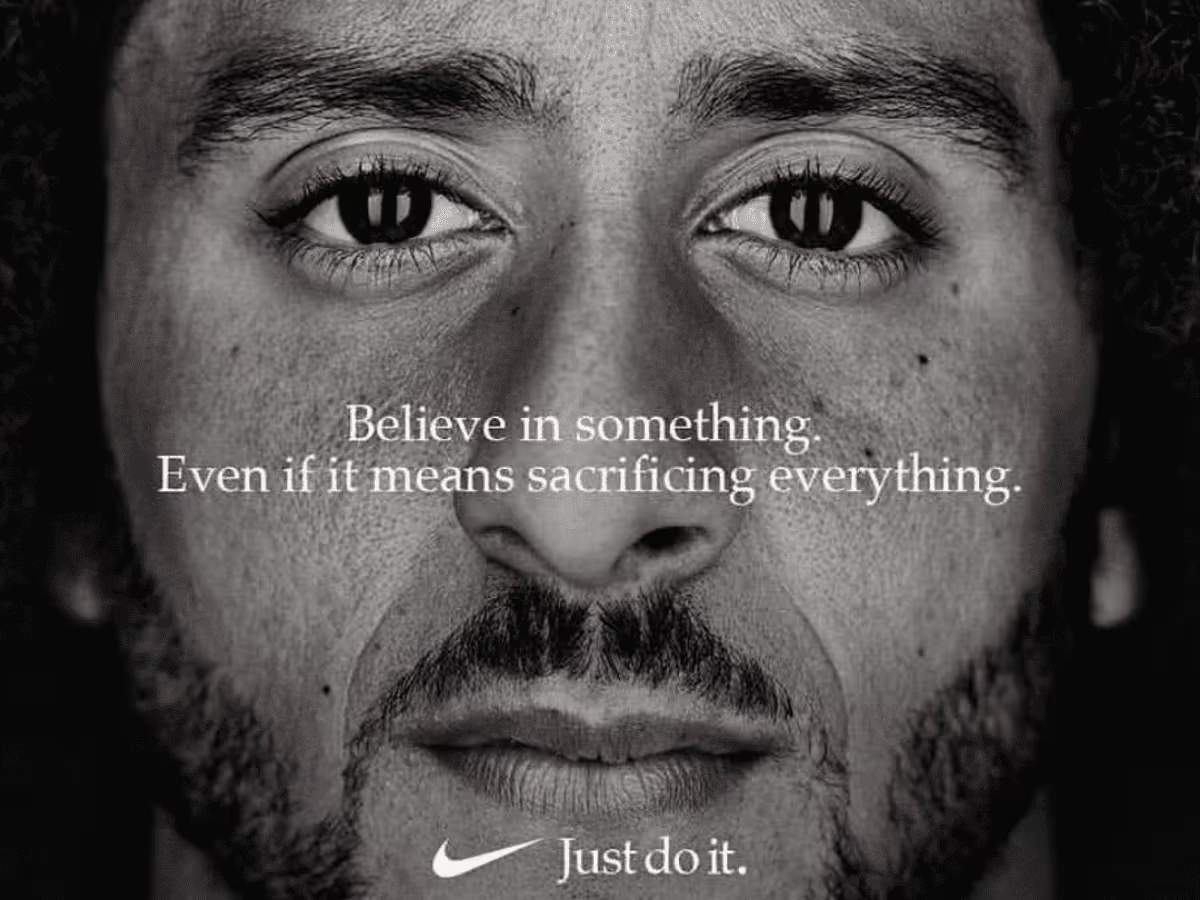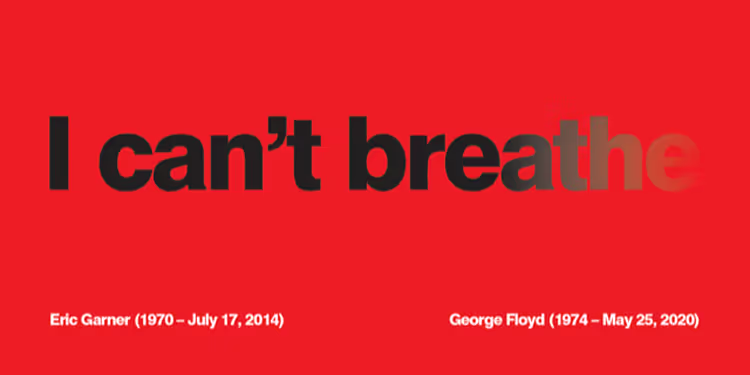Social justice movements advocating for racial equality, particularly those in support of Black lives, have turned to the power of design and visual communication to amplify their message. From striking logos to evocative posters and viral digital campaigns, design has become an essential tool in modern activism. The ability of a simple image or slogan to transcend borders and convey complex ideas instantaneously has transformed how causes are understood, supported, and sustained globally.
At the heart of this dynamic lies a powerful truth: design is no longer just a creative output but a catalyst for change, able to communicate the urgency of justice, equality, and human rights. From the civil rights movements of the 1960s to today's Black Lives Matter (BLM) campaigns, visual design has shaped the way these movements are perceived, mobilised, and remembered.

A History of Activism Through Design
The relationship between social justice movements and design is not new. In fact, visual communication has always played a crucial role in political activism. From the iconic "I AM A MAN" placards during the Memphis Sanitation Workers Strike in 1968 to the widely recognised "Hope" posters for the Obama campaign in 2008, visuals have a way of distilling the ethos of a movement into something universally understandable.

But with the advent of social media, the importance of design in activism has only increased. Black Lives Matter, one of the most influential social movements of the past decade, has relied on simple, powerful design principles to spread its message. The stark typography of the "Black Lives Matter" logo, often set against a black or white background, embodies clarity and urgency. It's bold, direct, and leaves no room for misinterpretation — a critical design choice in a movement fighting for the very right to be seen and heard. The use of the hashtag #BLM itself is a design triumph in modern digital activism, a linguistic and graphic tool that consolidates shared outrage and unity into three unassuming words.
Design as a Tool of Empowerment and Identity
Design has a unique capacity to build solidarity, offering a visual shorthand for inclusion and representation. In the case of Black Lives Matter and other movements for racial justice, the use of graphic design extends beyond branding to embody the cultural heritage and resilience of the Black community. Vibrant, Afrocentric colours and bold, geometric patterns have been integrated into protest visuals, honouring both historical African traditions and modern Black identity.

The use of symbolic imagery, such as the raised fist, has been reclaimed and reimagined for contemporary struggles. In these contexts, design not only mobilises but also educates. Posters, stickers, and digital graphics become both art and argument, prompting viewers to engage with the content in ways that blur the line between protest and pedagogy. Whether it’s the intricate work of grassroots designers or more mainstream efforts, such as Nike’s "Equality" campaign, the role of visual identity in these movements is to inspire, agitate, and advocate — all at once.

Brands and the Responsibility of Design in Activism
With the rise of movements like BLM, brands have also been called upon to examine their role in supporting or silencing these causes. In an era where consumers expect more than just products, companies have recognised that their visual language must reflect their values. However, this responsibility is fraught with complexity. Aligning with social justice can be perceived as opportunistic if the commitment is superficial or tokenistic.
Nike’s "Just Do It" campaign featuring Colin Kaepernick, for instance, shows how a brand can strategically use design and branding to take a stance, merging visual storytelling with activism. The stark black-and-white portraits of Kaepernick, paired with the minimalist typography, reflect a focused, serious tone — a calculated decision to mirror the gravity of the issues at hand. Such visual choices elevate the message, turning a campaign into a cultural moment.

Yet, the fine line between meaningful engagement and corporate opportunism is delicate. For designers working within or for brands, this moment demands critical reflection. How can your work challenge existing structures? Can a logo, a typeface, or a campaign do more than sell a product — can it inspire real change?
The Designer as Activist
For designers, the role of creativity in activism is an invitation to use their skills for something greater than aesthetics. As we’ve seen with movements for Black lives, the decisions about colour, typography, imagery, and composition are not merely stylistic; they carry political weight. Designers have the ability to distill complex social issues into digestible visuals, fostering empathy, and inciting action.

In the fight for justice, design becomes a language of its own. Whether you are working for a brand or an independent creative, the ability to thoughtfully design for activism is an essential skill for the modern designer. But it comes with an ethical imperative — to think critically about what is being communicated and whose voices are being amplified. The challenge is to use design not merely to reflect culture but to reshape it, pushing the boundaries of what is possible when visual communication meets activism.
A New Era of Creative Activism
As social movements continue to evolve, so too must the role of design. It is no longer enough for visuals to be merely striking; they must also be meaningful, inclusive, and capable of galvanising communities into action. The next generation of designers will need to craft messages that are not only visually compelling but also culturally responsible, providing platforms for under-represented voices and shaping the visual lexicon of tomorrow’s movements.
In an increasingly visual world, the tools of design have never been more powerful — or more necessary. As we witness the ongoing struggle for racial equality, it is clear that visual communication is a form of activism in its own right. For designers, the ability to create with purpose has the potential to transform not only the conversation but also the very fabric of society.






.svg)


.svg)
.svg)






